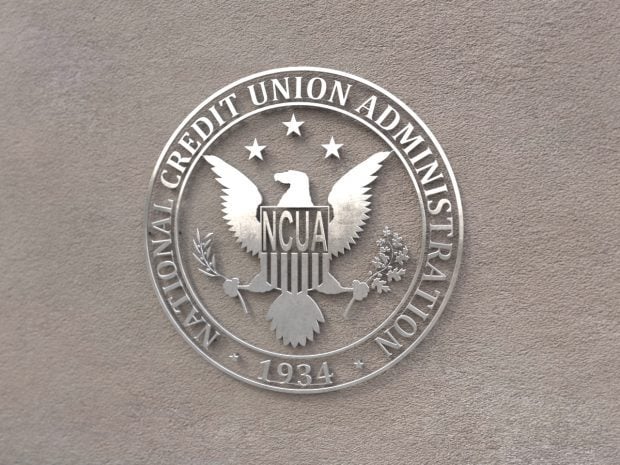The SEC said it has charged Capital One Financial Corp. and two senior executives for understating millions of dollars in auto loan losses incurred during the months leading into the financial crisis.
According to an SEC investigation, the agency found that in financial reporting for the second and third quarters of 2007, Capital One failed to properly account for losses in its auto finance business when they became higher than originally forecasted.
Capital One agreed to pay $3.5 million to settle the SEC's charges, the agency said.
The two executives – former Chief Risk Officer Peter A. Schnall and former Divisional Credit Officer David A. LaGassa – also agreed to settle the charges against them.
Schnall agreed to pay an $85,000 penalty and LaGassa agreed to pay a $50,000 penalty to settle the SEC's charges, according to the agency.
The profitability of Capital One's auto loan business was primarily derived from extending credit to subprime consumers, the SEC said Wednesday.
As credit markets began to deteriorate, Capital One's internal loss forecasting tool found that the declining credit environment had a significant impact on its loan loss expense, the SEC said.
However, Capital One failed to properly incorporate these internal assessments into its financial reporting and thus understated its loan loss expense by approximately 18% in the second quarter and 9% in the third quarter in 2007, the agency said.
“Accurate financial reporting is a fundamental obligation for any public company, particularly a bank's accounting for its provision for loan losses during a time of severe financial distress,” said George Canellos, co-director of the SEC Division of Enforcement.
From October 2006 through the third quarter of 2007, Capital One Auto Finance experienced significantly higher charge-offs and delinquencies for its auto loans than it had originally forecasted, the SEC's investigation discovered.
The elevated losses occurred within every type of loan in each of COAF's lines of business, the SEC said. Its internal loss forecasting tool assessed that its escalating loss variances were attributable to an increase in a forecasting factor it called the “exogenous,” which measured the impact on credit losses from conditions external to the business such as macroeconomic conditions.
A change in this exogenous factor generally had a significant impact on COAF's loan loss expense, and it was closely monitored by the company through its loss forecasting tool, according to the SEC.
Capital One determined that incorporating the full exogenous levels into its loss forecast would have resulted in a second quarter allowance build of $72 million by year-end. The SEC said since no such expense was incorporated for the second quarter, it would have resulted in a third quarter allowance build of $85 million by year-end.
Capital One and the two executives neither admitted nor denied the findings in consenting to the SEC's order requiring them to cease and desist from committing or causing any violations of federal securities laws, the SEC said.
© 2025 ALM Global, LLC, All Rights Reserved. Request academic re-use from www.copyright.com. All other uses, submit a request to [email protected]. For more information visit Asset & Logo Licensing.







